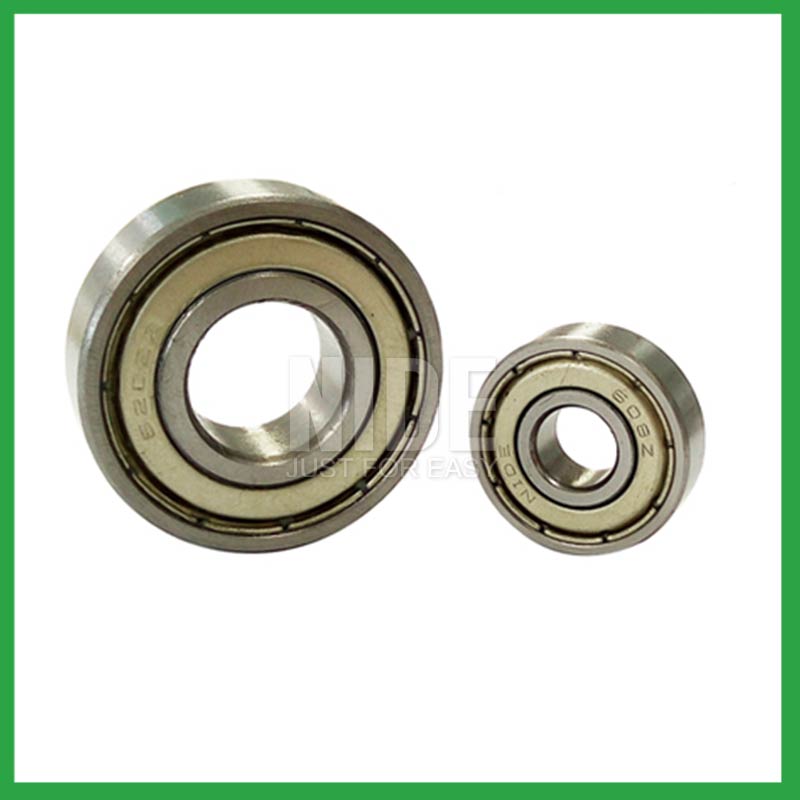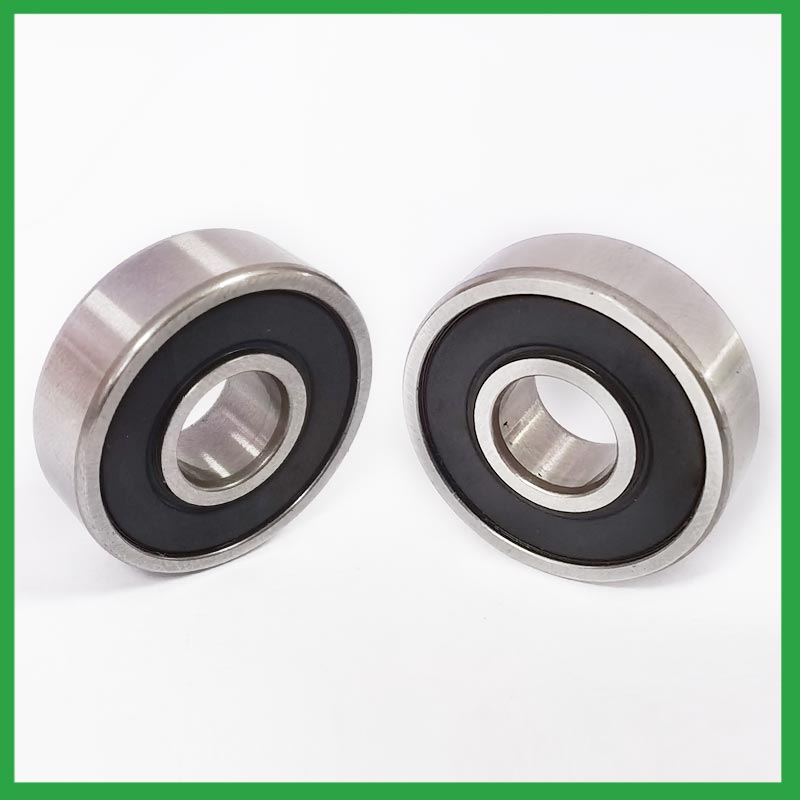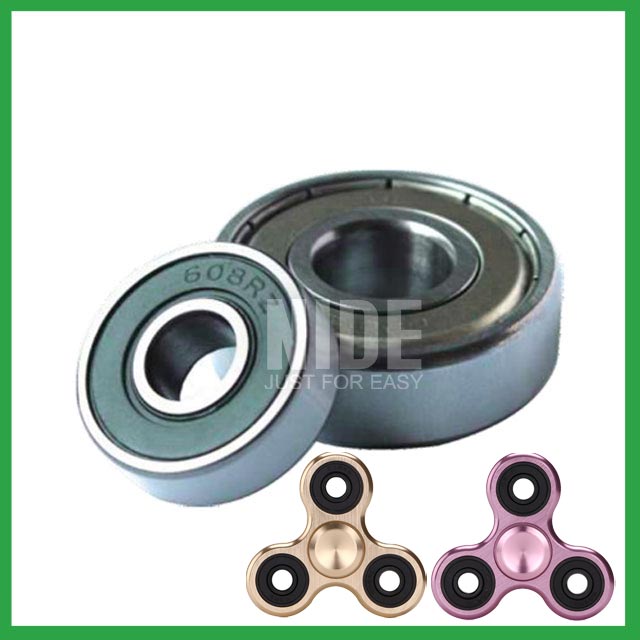PRODUCTS
CONTACT US
Ningbo Nide International Co., Ltd.
一一
· Contact person:Jack Zeng
· Mob/Whatspp/WeChat:0086-13738869026
· Email:emarketing@nide-group.com;marketing4@nide-group.com
· Add:No. 169, Wohushan Road, Daqi Subdistrict, Beilun District, Ningbo, China

Nide team could manufacture ball bearing as per customer’s drawing and samples.
If customer only has samples, we could also design drawing fo r our customer.
We also provide customized service.
Our ball bearing is widely applied the different industrials.
Ningbo Haishu Nide International produces and supplies ball bearings.We have professional technical manpower for the mixing of polymer raw materials for the insulation coating of bearings, production of products, and quality control. We will grow together with customers with accurate quality, fast delivery and competitive prices.
In years of practice, we have established a strict quality assurance system. Our product range covers ball bearing,carbon brush,commutator,shaft,fan,thermal protector,motor cover and lamination, etc. They are widely used in fields such as electric bicycle motor,single and three phase induction motor,servo motor,water pump motor,BLDC motor,air condition motor,electric automotive motor. We can produce OEM products and make the following drawings. Our principle is to prioritize service and quality!

| Parameter | Information |
|---|---|
| Product Name | ball bearing steady rest |
| Brand Name | NIDE |
| Place of Origin | Ningbo,Zhejiang,China |
| Material | stainless steel, etc. |
| Structure | Deep Groove |
| Color | Customized Color |
| Delivery Time | 5-7days |
| Port | Ningbo/Shanghai |
| Export region | Africa,Oceania,Europe |
| Export Country | India,Brazil,South Korea,Guinea,Bosnia and Herzegovina,Timor-Leste,Gibraltar...etc |
| Application | fan electric motor, etc. |
| OEM/ODM | Support |
| Size | Customized size |
| Stock | In Stock |
| Feature | Low Noise,High precision...etc |
| MOQ | 10 pieeces(Specific according to the model) |
| Certification | ISO9001,CE-stator coil lacing machine,CE-insulation paper inserting machine,etc |
| Supply Ability | 100000-500000 Piece/Pieces per Month |
| Lubricate | Oil Grease |
| Packaging Details | Suitable for sea transportation |
| Lead time (days) | 15-20 (To be negotiated) |
Please note: The above table data is for reference only. For specific information, please contact us.
The precision range of ball bearing steady rest is from ABEC7 to ABEC9, with a particle size of 0.3 μ m. Among them, ABEC9's ball bearings have the best precision range and are widely used in the electronics industry, precision measurement industry, and so on.
Before use, the model, size, and design of the ball bearing should be confirmed to ensure suitable application;
During installation, the installation load of the ball bearing should be minimized as much as possible to avoid unnecessary damage;
The bearing shaft and the bearing frame should be stable at the same time to avoid excessive tension.
Ball bearings have many advantages, making them highly competitive in the market.
Firstly, they are very durable and have good wear performance, making their service life longer than many other types of bearings.
Secondly, they are easy to install and can provide low friction performance in various applications.
Thirdly, they require a relatively low level of maintenance, making them cost-effective.
In addition, compared to many other types of bearings, their purchase cost is relatively low, making them an economical choice.




ball bearing steady rest---FAQs Guide
2.What is the role of ball bearing steady rest in reducing friction and energy loss in rotating machinery?
3.Can ball bearing steady rest operate in high-speed applications, and what design features make them suitable for such conditions?
4.Can ball bearing steady rest operate in high-temperature environments like industrial ovens or furnaces, and how are they protected from heat-related damage?
5.Are there ongoing research and development efforts aimed at improving ball bearing steady rest materials, designs, and lubrication techniques?
6.Can ball bearing steady rest handle shock loads and high-impact conditions in heavy machinery?
7.How do cage designs affect ball bearing steady rest speed and acceleration capabilities in high-speed machinery?
8.What are the considerations for choosing between open, shielded, or sealed ball bearing steady rest in specific applications?
9.Are there ceramic ball bearing steady rest designed for specific applications requiring high-temperature or corrosion resistance?
10.What are the standard sizes and dimensions of ball bearing steady rest?
11.What are the advancements and innovations in ball bearing steady rest technology that have emerged in recent years?
1.How do preload adjustments in ball bearing steady rest affect their performance and suitability for high-precision tasks?
Benefits of Preloading a Bearing
Optimizes the ball spin to roll ratio.
Increases the rigidity of an application.
Protects from excessive ball skidding.
Decreases application vibration and sliding friction.
High running accuracy (even if load conditions keep changing)
Increases bearing load capacity.
2.What is the role of ball bearing steady rest in reducing friction and energy loss in rotating machinery?
ball bearing steady rest reduce friction by using smooth balls lubricated with oil or grease that freely roll between a smooth inner and outer surface. The main concept of the ball bearing is that objects that roll past each other produce less friction than if the objects were sliding against each other.
3.Can ball bearing steady rest operate in high-speed applications, and what design features make them suitable for such conditions?
They have very low rolling friction and are optimized for low noise and low vibration. This makes them ideal for high-speed applications. ball bearing steady rest are comparatively easy to install and require minimal maintenance.
4.Can ball bearing steady rest operate in high-temperature environments like industrial ovens or furnaces, and how are they protected from heat-related damage?
ball bearing steady rest are capable of working at temperatures up to +842°F (+450 °C). Special lubricants, seals and coatings make this possible by protecting the ball bearings from heat damage.

5.Are there ongoing research and development efforts aimed at improving ball bearing steady rest materials, designs, and lubrication techniques?
A custom ball bearing steady rest can satisfy almost any customer’s needs. Your application may need a needle roller or ball bearing, a radial or angular contact design, a plain carbon steel bearing with anti-corrosion coatings or stainless steel, a thrust bearing or a spherical bearing, tight or loose radial play, sealed or non-sealed designs
6.Can ball bearing steady rest handle shock loads and high-impact conditions in heavy machinery?
As a general rule, ball bearing steady rest are used at higher speeds and lighter loads than are roller bearings. Roller bearings perform better under shock and impact loading. Ball bearings tolerate misalignment better than roller bearings do. Roller bearings can handle heavy combined radial and thrust loads.
7.How do cage designs affect ball bearing steady rest speed and acceleration capabilities in high-speed machinery?
In high-speed ball bearing steady rest, external load has a great effect on cage stability and sliding ratio, especially for the bearings at work in the starting process. The cage stability is worse in the beginning of the bearing starting process. The axial load greatly influences cage dynamic performance in the bearing starting process.
In addition, while ball bearings worked under steady conditions, axial load and radial load both have a great influence on cage dynamic performance. The effects of axial load on cage dynamic performance during the bearing starting process are opposite from the effects under steady conditions.
8.What are the considerations for choosing between open, shielded, or sealed ball bearing steady rest in specific applications?
While sealed bearings offer superior protection and maintenance advantages, shielded ball bearing steady rest can be more suitable in situations where minimal friction and operating temperature are crucial. It's essential to assess the operational environment and demands before making a selection.

9.Are there ceramic ball bearing steady rest designed for specific applications requiring high-temperature or corrosion resistance?
Ceramic ball bearing steady rest are a special type of bearing made of ceramic materials, offering superior wear resistance, corrosion resistance, and high-temperature performance. They provide excellent performance in applications requiring high speeds, high temperatures, and resistance to corrosion.
10.What are the standard sizes and dimensions of ball bearing steady rest?
ball bearing steady rest size charts are widely available, and can be used to find the measurements of a specific bearing. Series 6200 and 6300 are the most commonly used, and typically range from 10 x 30 x 9 mm (. 394 x 1.181 x . 354 in) to 150 x 320 x 65 mm (5.906 x 12.598 x 2.559 in).
11.What are the advancements and innovations in ball bearing steady rest technology that have emerged in recent years?
Significant advancements have been made in ball bearing steady rest steels over the years. Modern, ultra-clean bearing steels contain fewer and smaller non-metallic particles, giving ball bearings greater resistance to contact fatigue.

